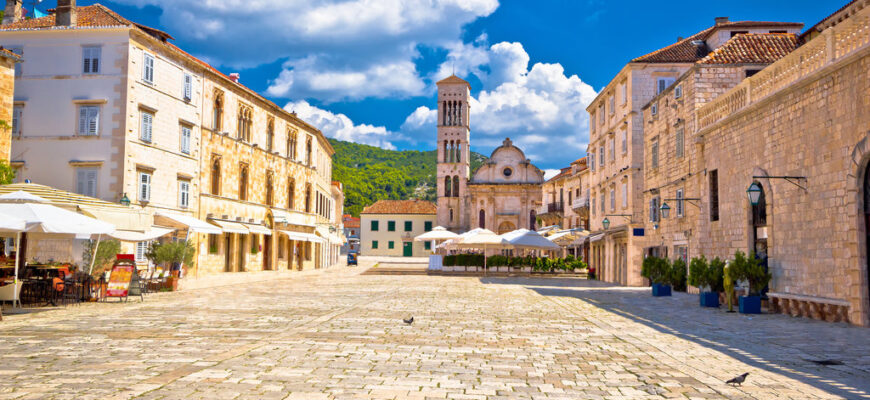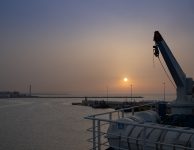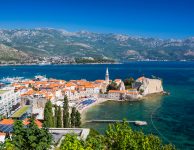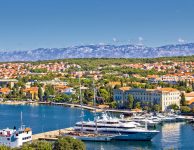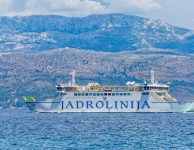Hvar Island becoming self-sufficient
Countdown has started – by 2035 Hvar Island will become energy self-sufficient. Plans include installation of three solar power plants with a total power of 42 MW.
Citizens of Hvar are in agreement in which direction the island’s energy transition should go. Last week a strategy of energy efficiency was presented, and as Hvar Town mayor said:
Because of its geographical position, size and favorable climate, Island Hvar is certainly one of the islands with enormous potential of becoming self-sufficient.
Strategic document includes local administration, civil societies and organizations, business sector and educational institutions. All of them contributed to the strategy, and the only thing left is for towns of Hvar, Stari Grad, Jelsa and Sucuraj to formally accept the document.
Vision is for Hvar Island to become self-sustained in every way, while also keeping the locals educated, informed and involved in Island development. All these things should be done in the next 15 years. Since the process takes a long time, the strategic document would be revised every 2 years.
The potential of Hvar Island does not need explanation – it’s one of the sunniest Croatian islands, with an average of 2722 sunny hours per year. Island is known for its mild winters and dry summers. The average yearly temperature is 16.2 Celsius. Hvar is also Croatia’s fourth largest island with 298 square kilometers, second by total coast length, and third by coast indentation. All this data is mentioned in the Strategic document.
Like elsewhere in Croatia, due to the emigration process, the population has been reducing in the last hundred years. Population census from 2011 says that Hvar had 11.077 permanent citizens. That number triples during the summer season. Most of the locals are energy consumers, while only a small amount (6%) actually produces energy. Households spend most energy on cooling/heating the spaces. Most citizens combine heating on wood and electricity (31%), followed by heating solely on electricity (30%), wood (11%), fuel oil and renewable energy. For cooling the house rooms, 99% of citizens use electricity.
For Hvar Island to become self-sufficient by 2035, there are several goals to be achieved: building the non-integrated solar power plants, building integrated solar power plants, building the autonomous systems and photovoltaic network systems.
The spacial plans of Split-Dalmatia county anticipate 3 locations for power plants: one in the Hvar Town, and two in Jelsa and Sucuraj towns. Documentation for building 2 out of 3 power plants is currently in the works. The power plant planned for Hvar Town still awaits financing resources.
Source: Slobodna Dalmacija


